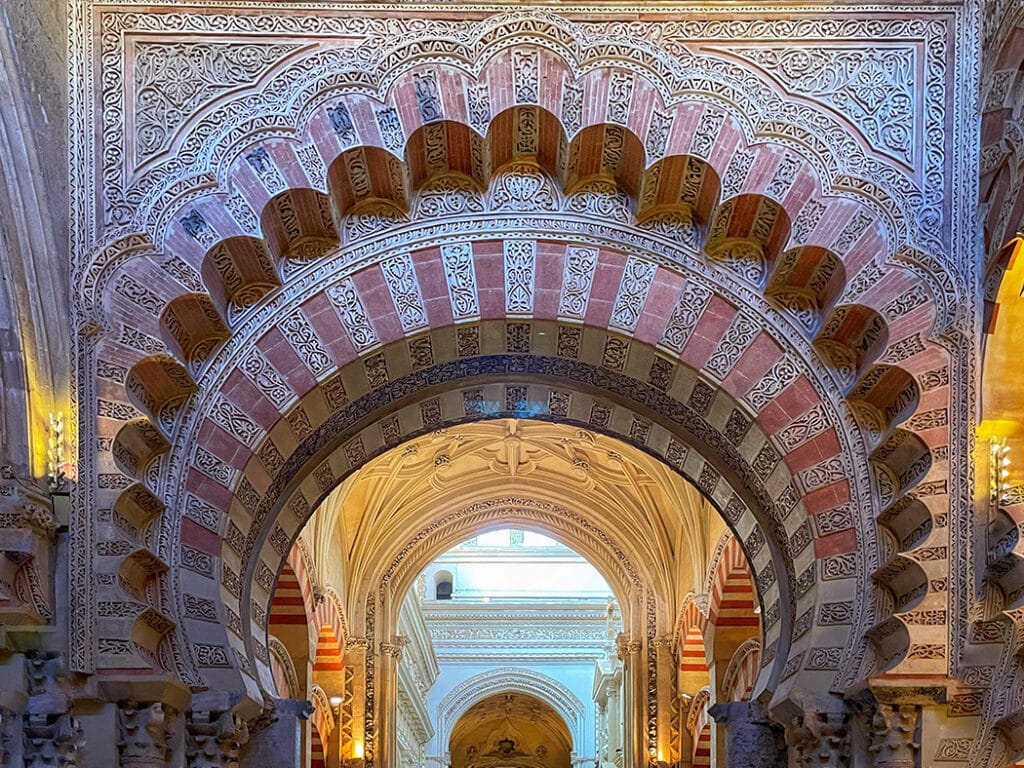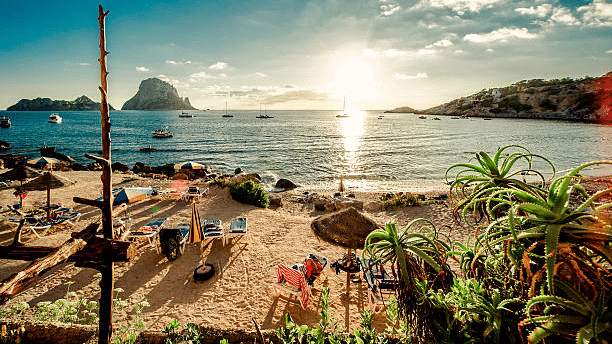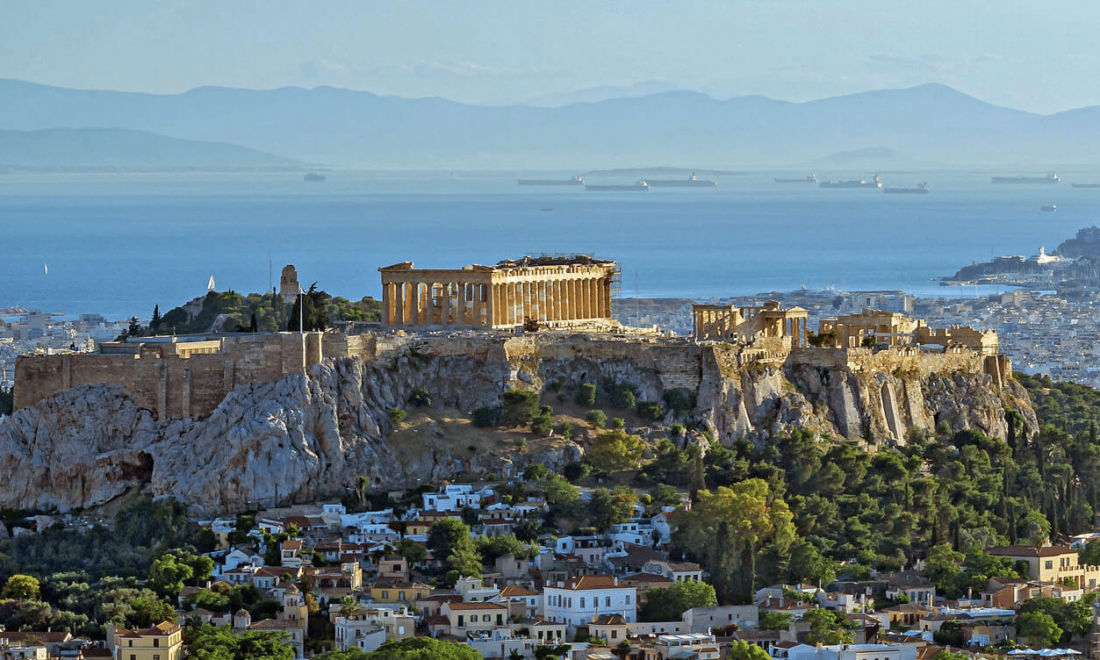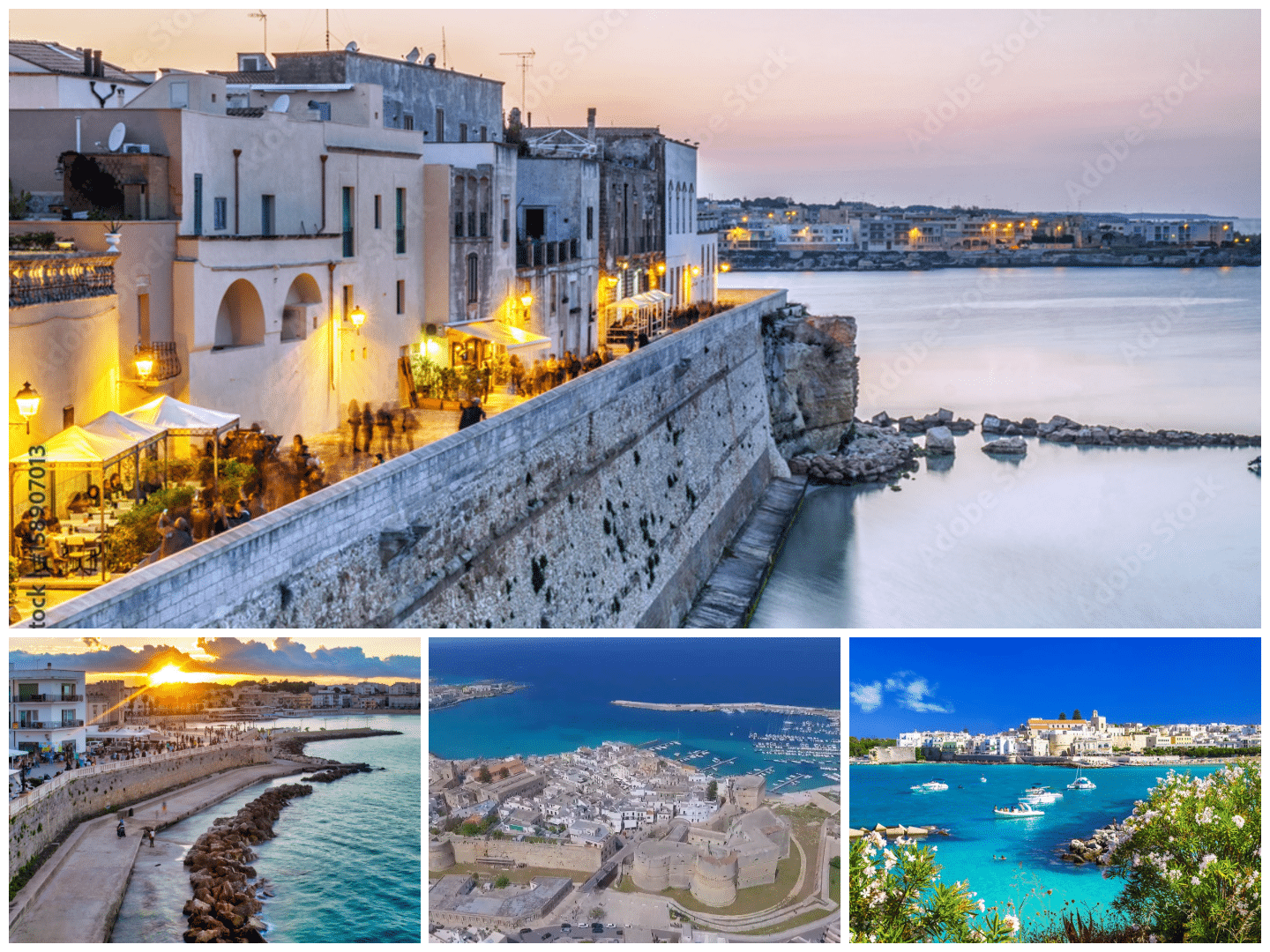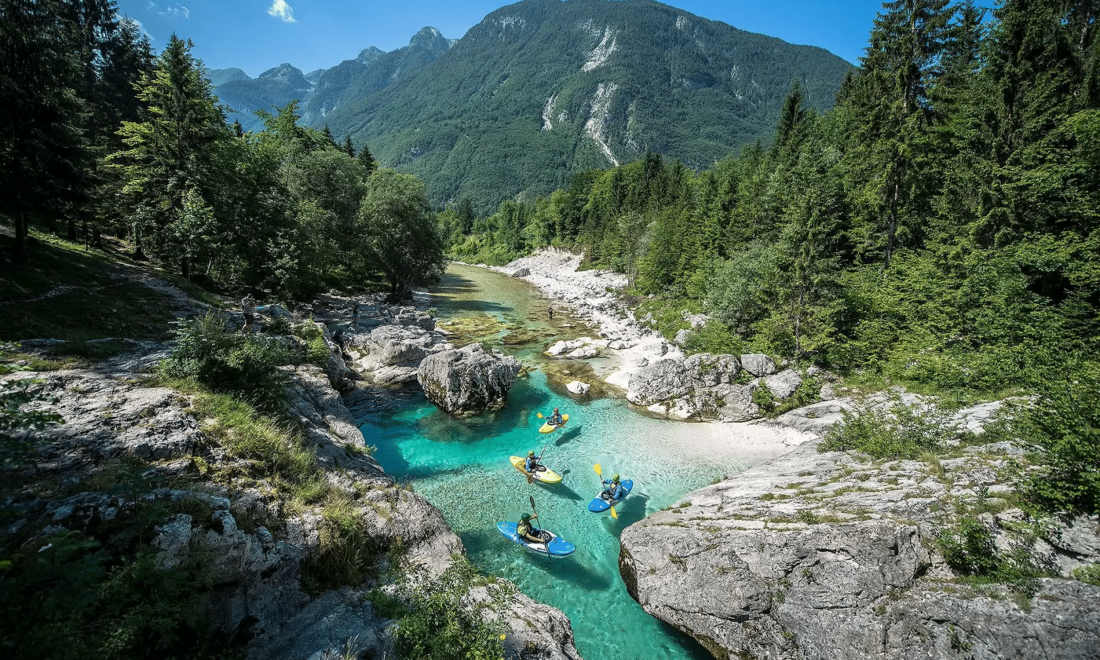What to see in Gran Canaria, Spain? This article will show you the most attractive places to visit, making your Gran Canaria vacations unforgettable. So, let’s see.
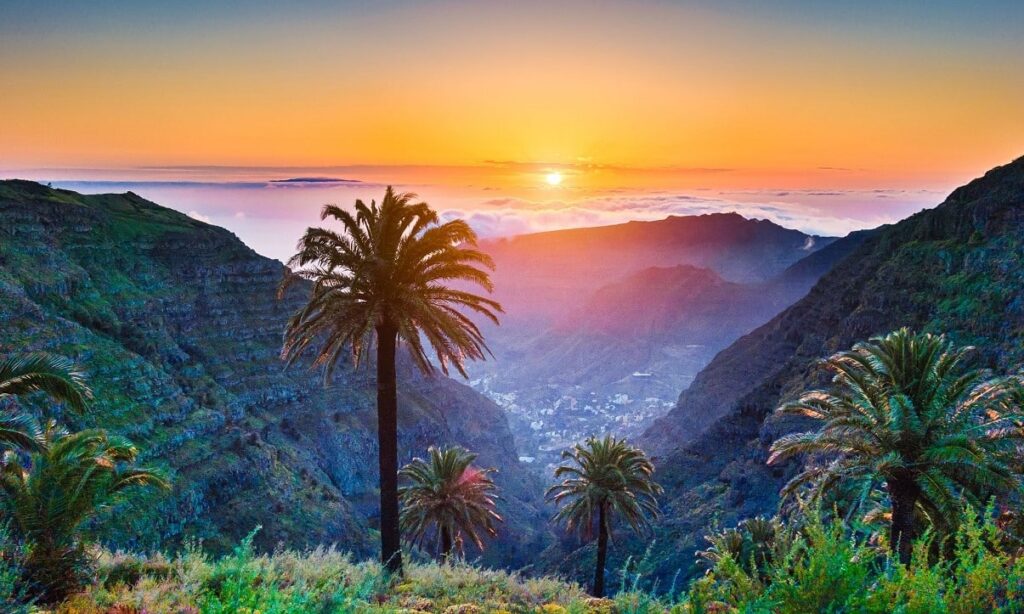
©reseguiden.se
Our list: What to see in Gran Canaria
Each year, the island of Gran Canaria attracts over four million visitors eager to enjoy its unique nature, explore its over 60 kilometers of beaches, do sports, and try its tasty food made using local ingredients. In this corner of the Canary Islands, alongside the islands of Tenerife, Lanzarote, and Fuerteventura, all kinds of visitors are welcome, from couples to groups of friends and families, with everyone finding activities suitable for their tastes and interests.
Gran Canaria is undoubtedly an excellent option all year round, thanks to its warm climate. You can make the most of all the seasons as if on one permanent holiday.
Important natural sites
The combination of natural areas in Gran Canaria means that within a small space, you will find geographical landmarks as varied as a large rock formation, dunes that resemble a desert, a crater, and cliffs. Exploring the island is like taking a geography and history lesson around every corner. Some of the must-visit places related to nature that you cannot miss in Gran Canaria include the following.
- Roque Nublo: a place of worship
- Maspalomas Dunes: a small desert
- Tamadaba Natural Park: inland and on the coast
- Guayadeque ravine
- Cenobio de Valerón
- Bandama caldera
- Gáldar Painted Cave: the testimony of indigenous peoples
Maspalomas Dunes: a small desert
If you don’t have a photo of Maspalomas dunes, you haven’t been to Gran Canaria. This miniature Sahara desert is one of the most impressive landscapes to visit on the island. Walk through the dunes, enjoy the views, and round things up with a swim in the blue waters of the Atlantic.
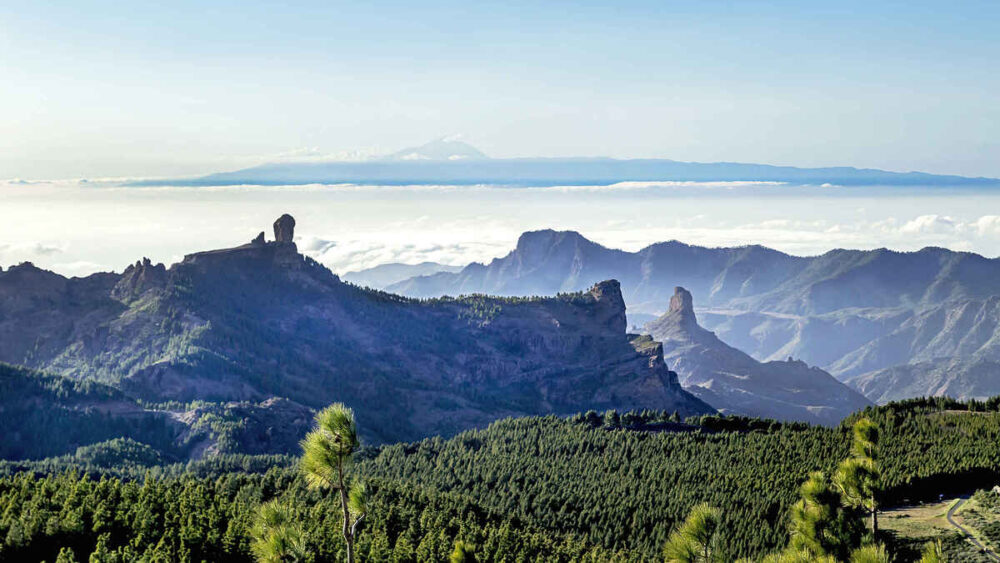
©marcacanaria.com
Pico de los Pozos de la Nieve Viewpoint
You’ll find its highest point at the very heart of the island, 1,956 meters above sea level. You’ll feel tiny up there as you watch nature’s unique show, making climbing to the Las Nieves summit worthwhile. Watch Teide floating over a thick sea of clouds from a balcony with the most extraordinary views on the island.
Roque Nublo, a place of worship
Roque Nublo is Gran Canaria’s most recognizable rock formation. Standing at the height of 80 meters and rising 1,813 meters above sea level, the rock was formed by one of the volcanic eruptions that forged the archipelago millions of years ago. A unique thing about Roque Nublo is its link to a sacred place of worship for ancient indigenous people. Therefore, the rock is one of the island’s must-visit places.
Bandama caldera
The Bandama Caldera is one of the most beautiful and unusual places on the planet. It was formed after an eruption and the subsequent collapse of a volcano over its magma chamber. In 1994, the area was given protected status as a National Monument. The large crater is practically circular, with a rim measuring three kilometers and a depth of 200 meters. Consequently, we recommend climbing up to the caldera’s highest point, Bandama, as the views from up high are stunning.
Gáldar Painted Cave: testimony to indigenous peoples
The Gáldar Painted Caveis is one of Gran Canaria’s archaeological jewels and a living testimony to the indigenous people’s use of caves and lava tubes. Guided tours are now available.
What to See in Gran Canaria – Vegueta

©got2globe.com
The most beautiful towns and villages in Gran Canaria
Gran Canaria cities sit alongside towns and villages with different characteristics depending on their location. Explore the capital and lose yourself in the most beautiful cities and towns in the interior or coast, sometimes in unlikely places where many foreigners decide to stay for good.
Vegueta, Las Palmas
The narrow streets of the old Vegueta neighborhood have been around for over 500 years. As the core founders of the city, this district has seen pirates, warriors, and residents whose stories have made their mark on every nook and cranny. Old traditions from Columbus to today make Vegueta an irresistible stop-off for everyone.
Teror and its Virgen de los Pinos
Just 20 kilometers from the capital is Teror, a town devoted to the Virgen de los Pinos (Virgin of the Pines). It receives thousands of pilgrims each year—walking along its streets with colorful houses with pretty wooden balconies dating from the fifteenth-century delight visitors. If you are familiar with its name, you shouldn’t be surprised. Its reputation precedes it due to the bottled water Aguas de Teror.

©Lonely Planet/Getty
Puerto de Mogán, the most photogenic
This seaside village hides endless secret spots, colorful streets, and narrow canals, just waiting to be discovered by visitors. The old white fisherman houses are covered in bougainvillea, bright shutters, and small channels that link the marina and fishing port.
Soak up the tradition by strolling along the quayside while the fishermen repair their nets, go whale watching, or sit on a terrace on the seaside promenade and do nothing because sometimes contemplation is the best activity in places beautiful as this.
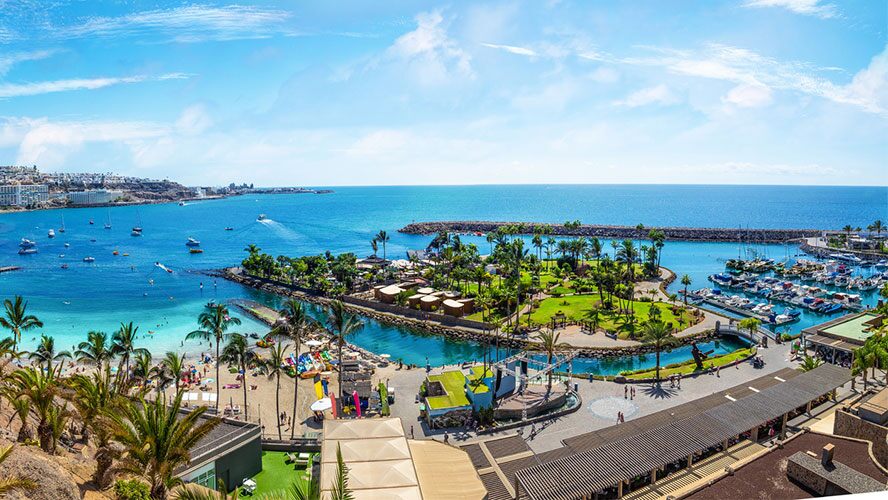
©Tripadvisor
Arguineguín, the loveliest town
Arguineguín, regarded as one of the loveliest towns on the island, offers travelers a complete experience with a charming historical quarter. This traditional fishing town, which belongs to the municipality of Mogán, is south of Gran Canaria. You can watch seafarers at this port or take a boat trip, a colorful market and beautiful beaches.
Although it is hard to fit everything on a day trip, set aside time to sample the traditional cuisine served in its restaurants.
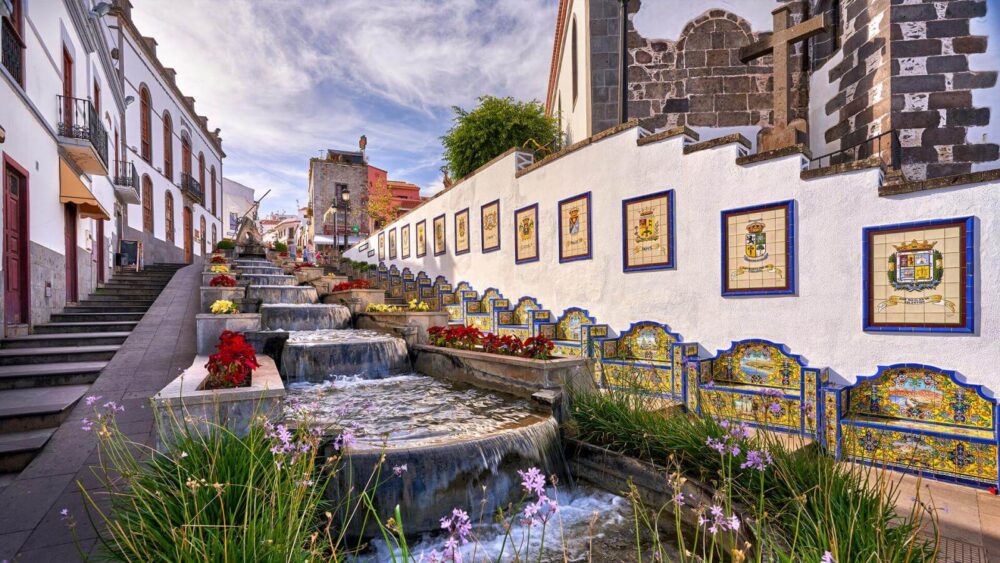
©Barcelo.com
Visit Firgas
Firgas, Gran Canaria, is a small town full of charm. The pretty old town is compact and a beautiful place for a stroll. Its history has long been connected to water; today, an artificial waterfall flows down the steps right in the center of its old town, tumbling 30 meters down Paseo de Gran Canaria street.
Anfi del Mar Beach
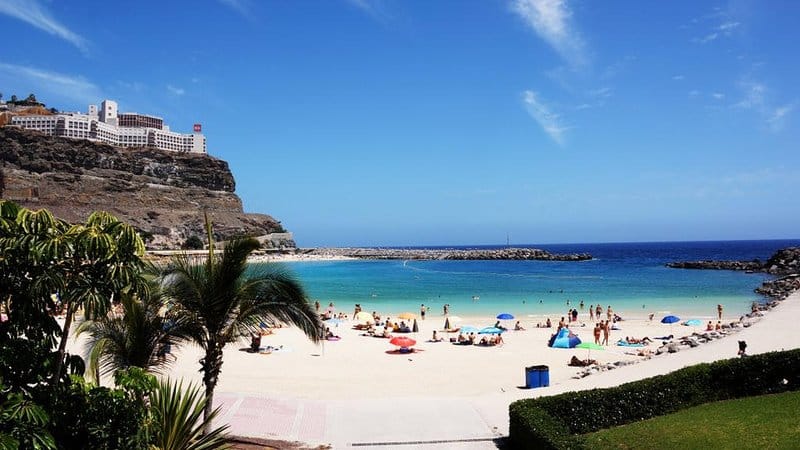
©
Discover the best beaches in Gran Canaria.
Gran Canaria’s range of beaches is almost as extensive as its towns, villages, and natural areas. Each day, you can decide what takes your fancy: an urban beach with a full range of services, an unspoiled hard-to-access cove, or an artificial beach where you can spend the day in what feels like the Caribbean. And, if you stay for a few days, you can experience it all. For now, here are some of the best beaches that you can visit in Gran Canaria.
Anfi del Mar, a mini Caribbean
We can’t say for sure that Anfi del Mar is the most spectacular beach in Gran Canaria because the island boasts many excellent beaches, but what is certain is that it has the most unique history. To explore its uniqueness, we must go back to the 1990s when a Norwegian businessperson decided that it would be interesting to recreate the look and feel of the Caribbean in the area. To do so, he had thousands of tons of sand shipped from the Bahamas and built the beach of his dreams. Add some palm trees and turquoise water; the image couldn’t be more ‘Caribbean.’ The beach is perfect for families due to its calm water and anyone looking to spend the day sprawled out on a sun lounger under the shade of a palm tree with intermittent views of the bars.
To visit this paradise, you must head to the municipality of Mogán, between Puerto Rico and Arguineguín.
Amadores Beach: a family day out
Sheltered from currents due to its shell shape, Amadores Beach offers visitors a calm place to spend the day in peace, snorkeling and other water sports. Almost 500 meters of golden sand and tranquil pool-like waters attract many families. Nearby, there are many restaurants, bazaars, and different types of entertainment, making it an ideal location to visit any time of the year.
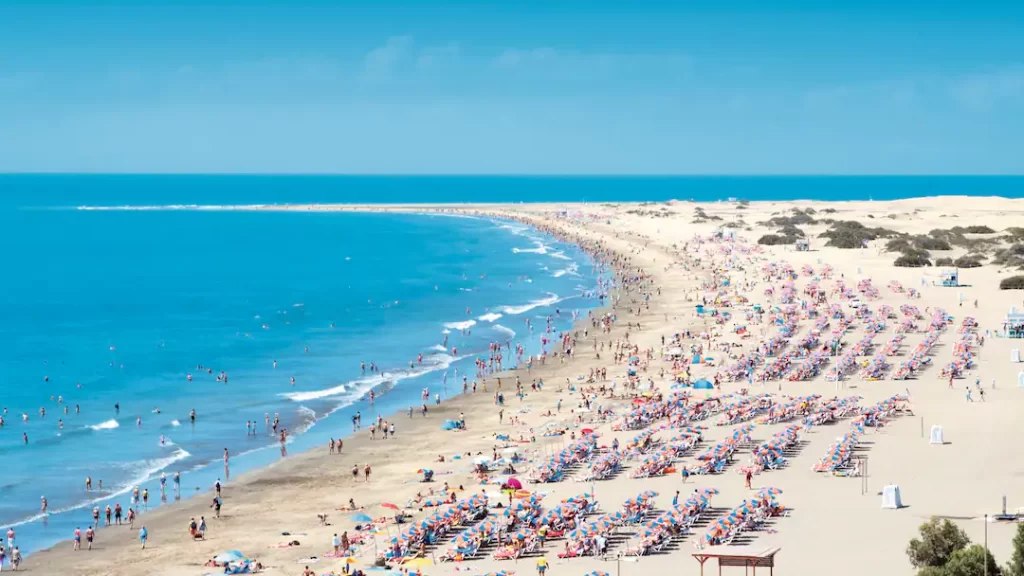
©tui.co.uk
Playa del Inglés is something for everyone.
Located in the south of Gran Canaria, Playa del Inglés is one of the most touristy beaches on the island. It is because the beach, which spans a length of three kilometers, has numerous plus points, such as its location between the tourist resort of Playa del Inglés and Punta de Maspalomas, which makes it easy to reach, and services including beach bars, showers, toilets, and sun lounger hire. The calm water and the option of doing sports also make it perfect for families with children.
Las Canteras Beach: the capital’s haven
Las Canteras Beach is in Las Palmas de Gran Canaria, the island’s capital. However, that doesn’t mean it isn’t a fantastic place to spend the day and a beautiful spot. One of the great benefits of the beach is its location in the city’s historic quarter. You can visit to stroll along its two-kilometer shore or sit in a hammock facing the sea whenever you fancy. It also has special access for people with reduced mobility and a wide range of restaurants in the surrounding area. Without a doubt, it is one of Gran Canaria’s must-visit places.
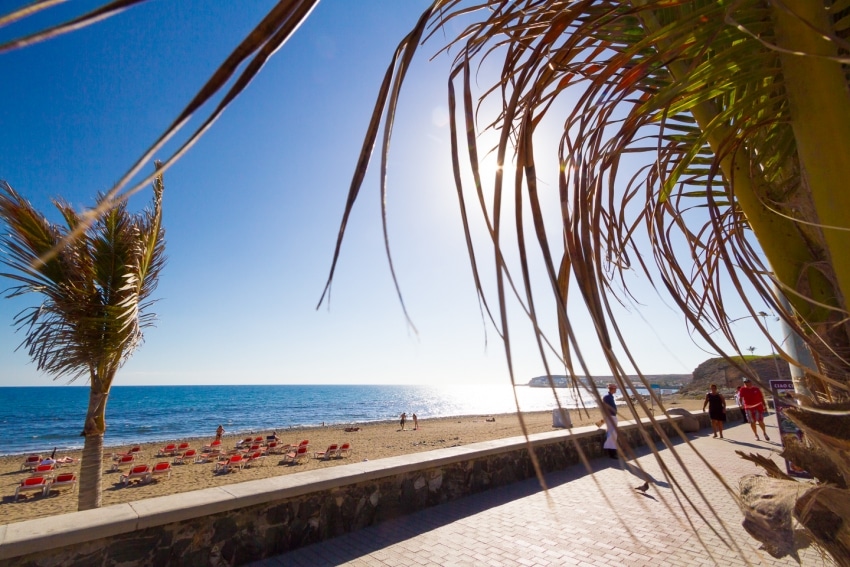
©gran-canaria-info.com
Las Meloneras Beach
Las Meloneras Beach is always lively
In San Bartolomé is Las Meloneras Beach, which is 500 meters long and has good services for beachgoers. Its golden sand and easy access mean it is frequented by families and people who prefer to have everything close at hand, such as a seaside promenade for walking, restaurants, ice cream parlors, souvenir shops, and even spas.
The surrounding area also has various places worth a visit, including Maspalomas lighthouse, located at one end of the beach, the Punta Mujeres archaeological site, and the Maspalomas Dunes Special Nature Reserve, where you can enjoy a small-scale desert experience.
Take a look at
References and sources:
Photo credits:
Feature photo credits: reseguiden.se

